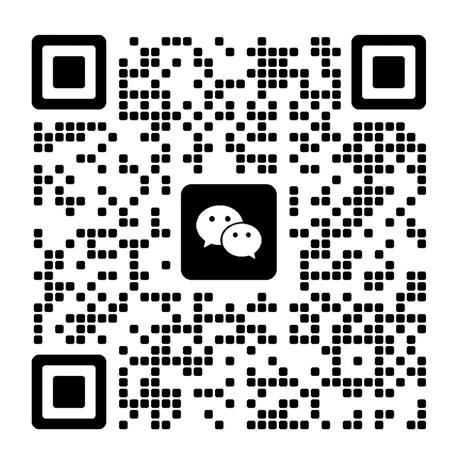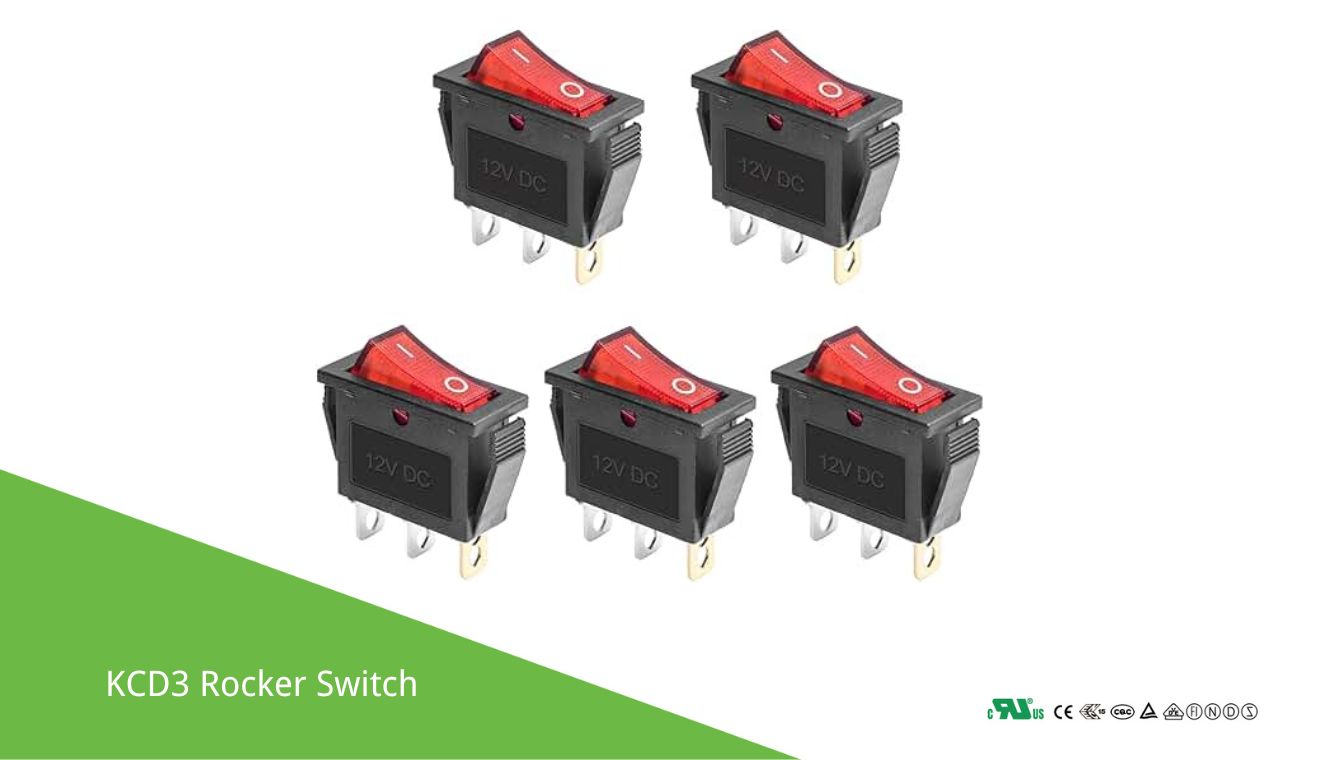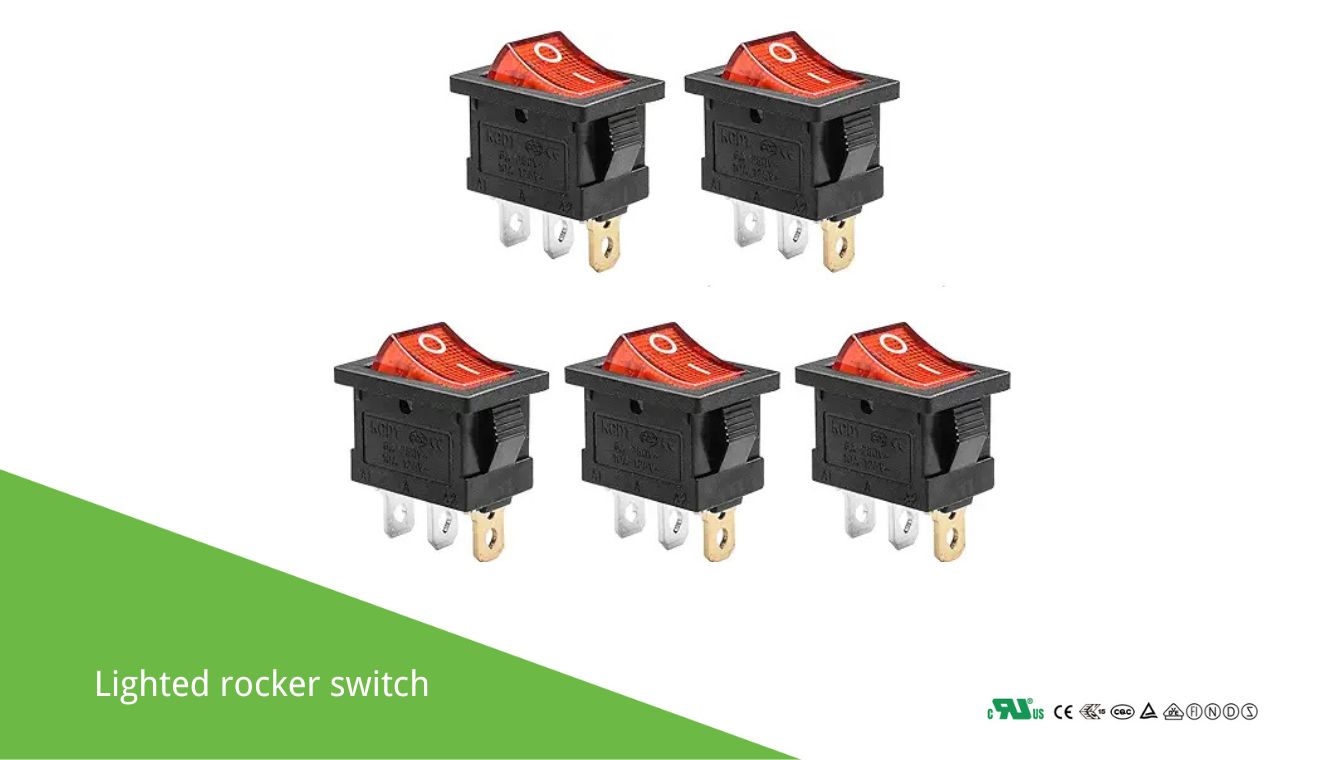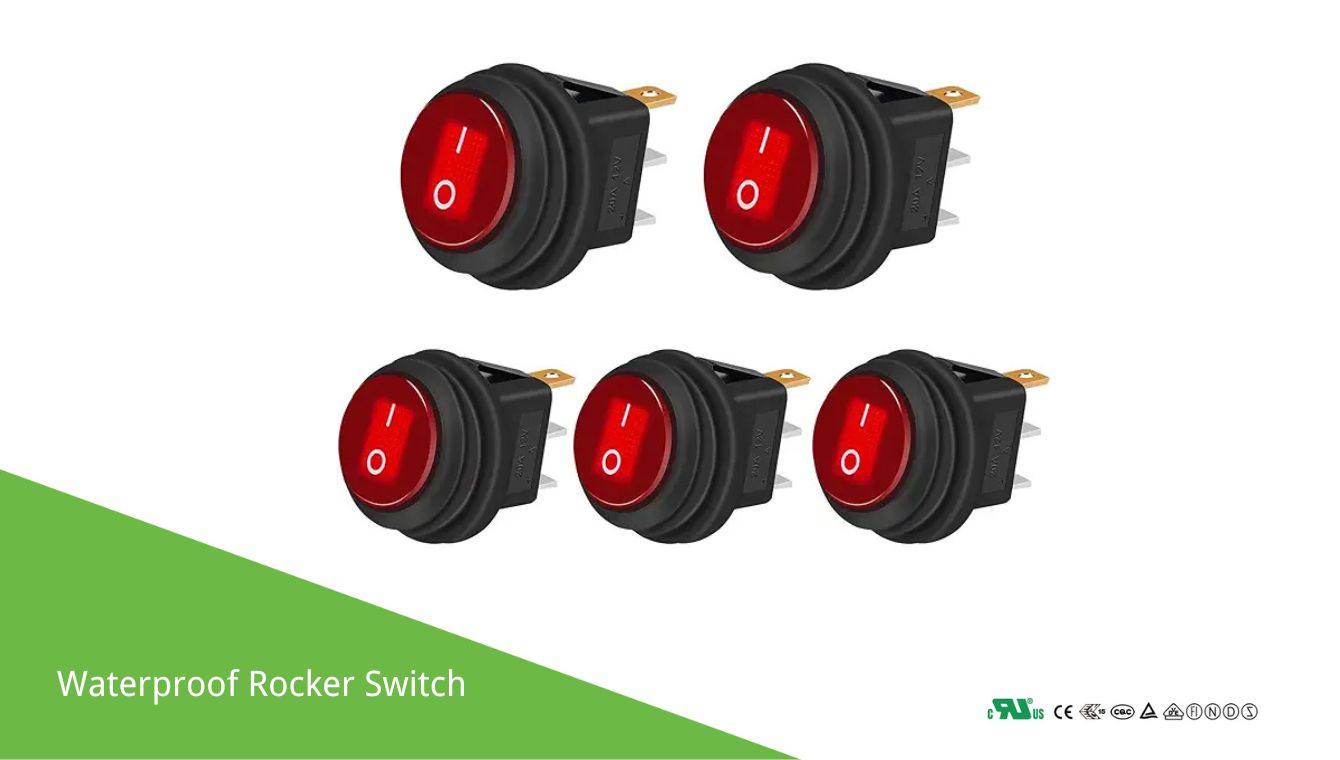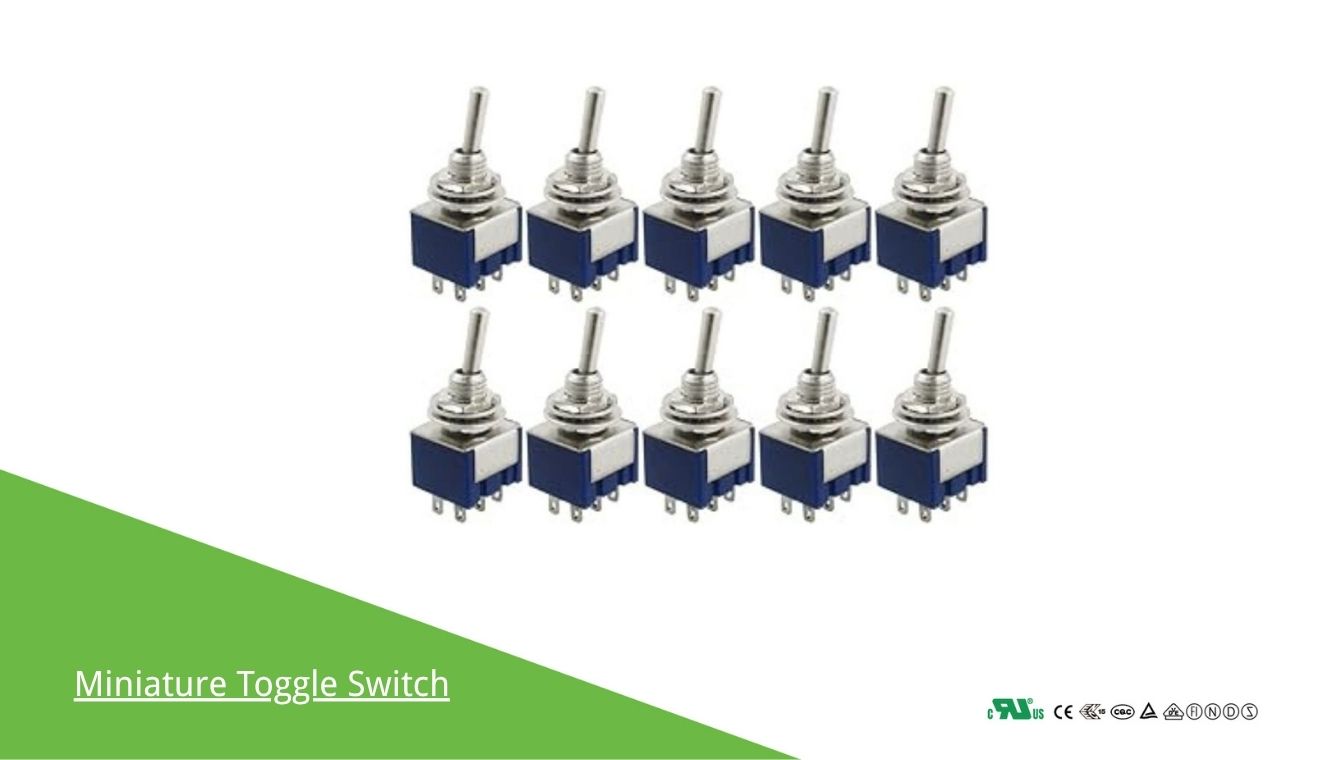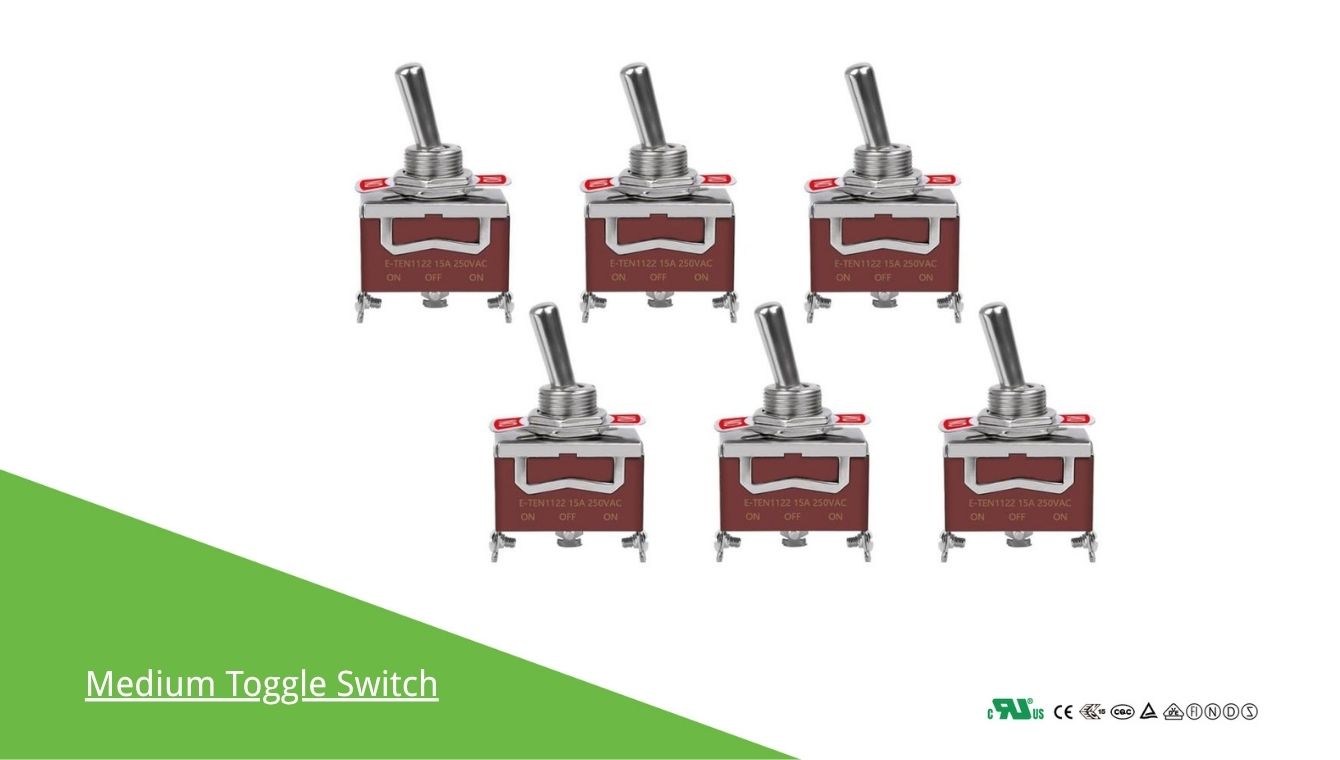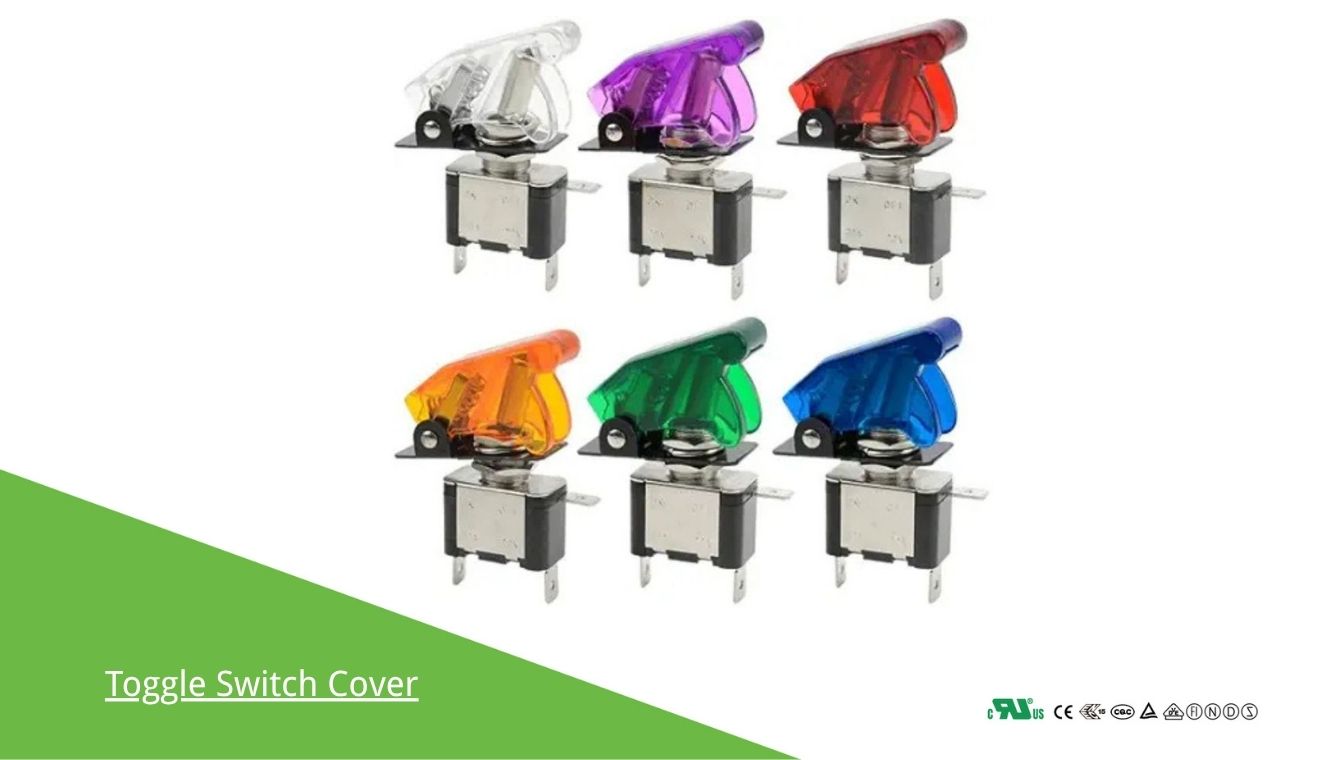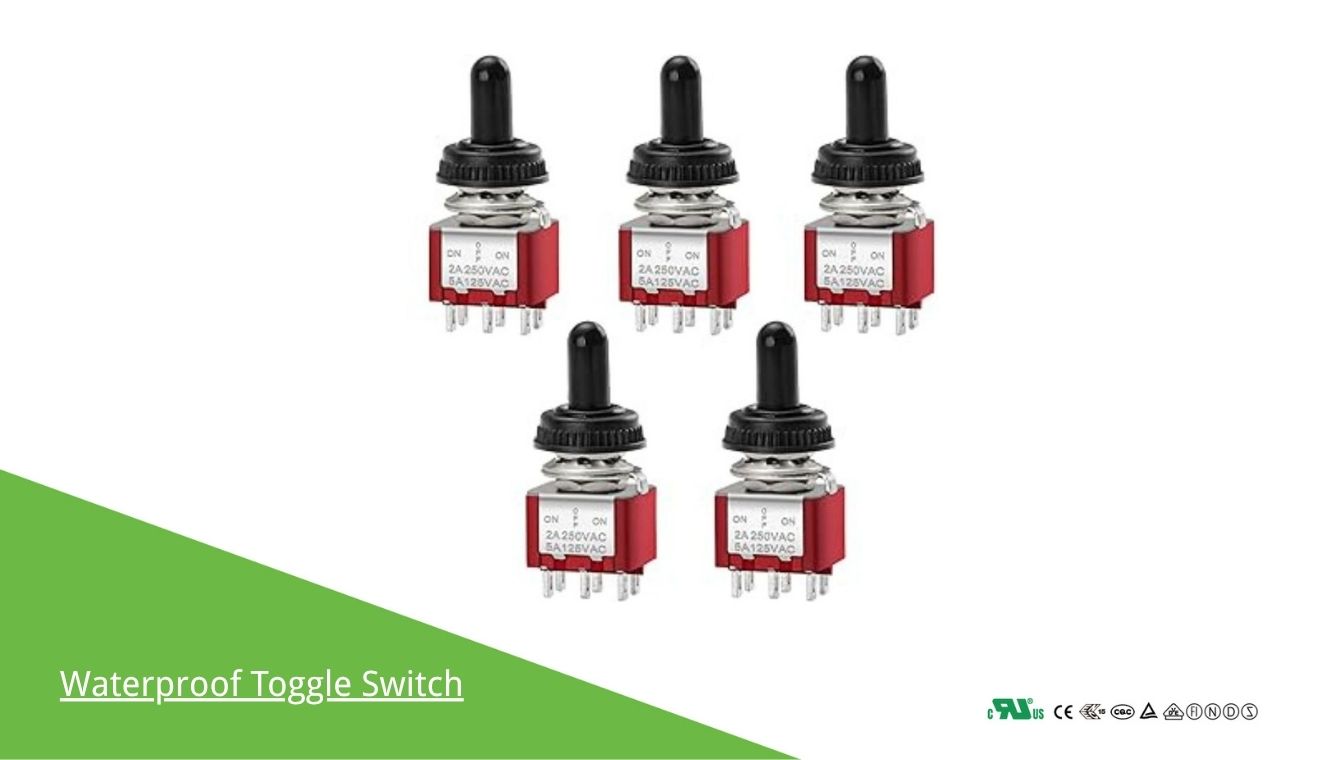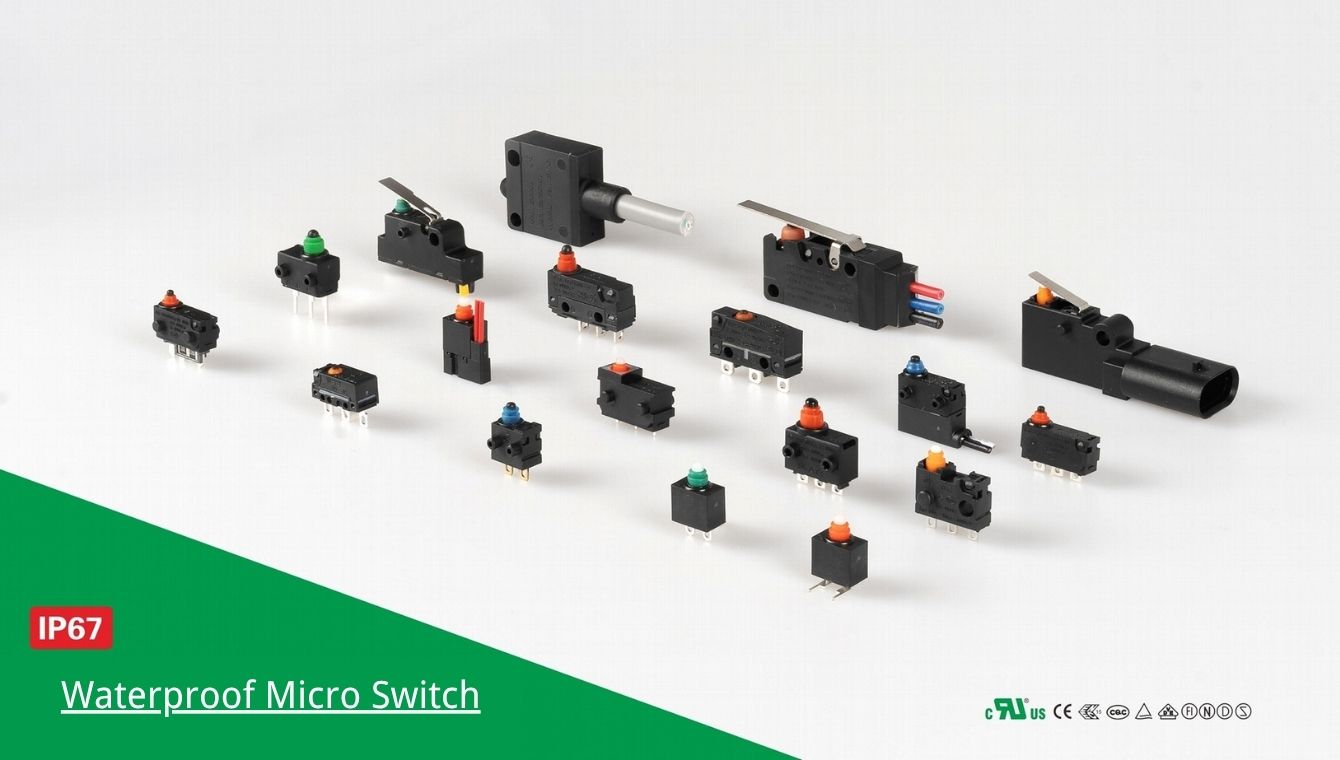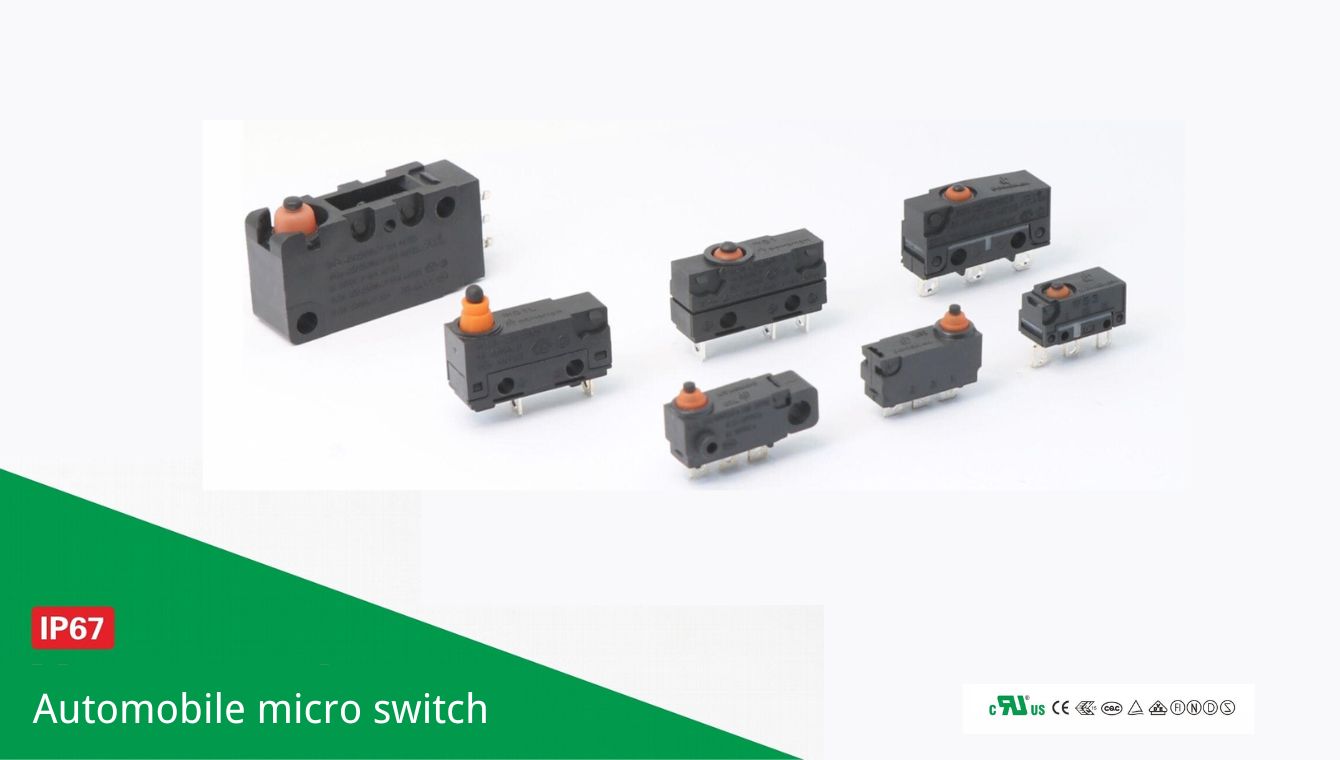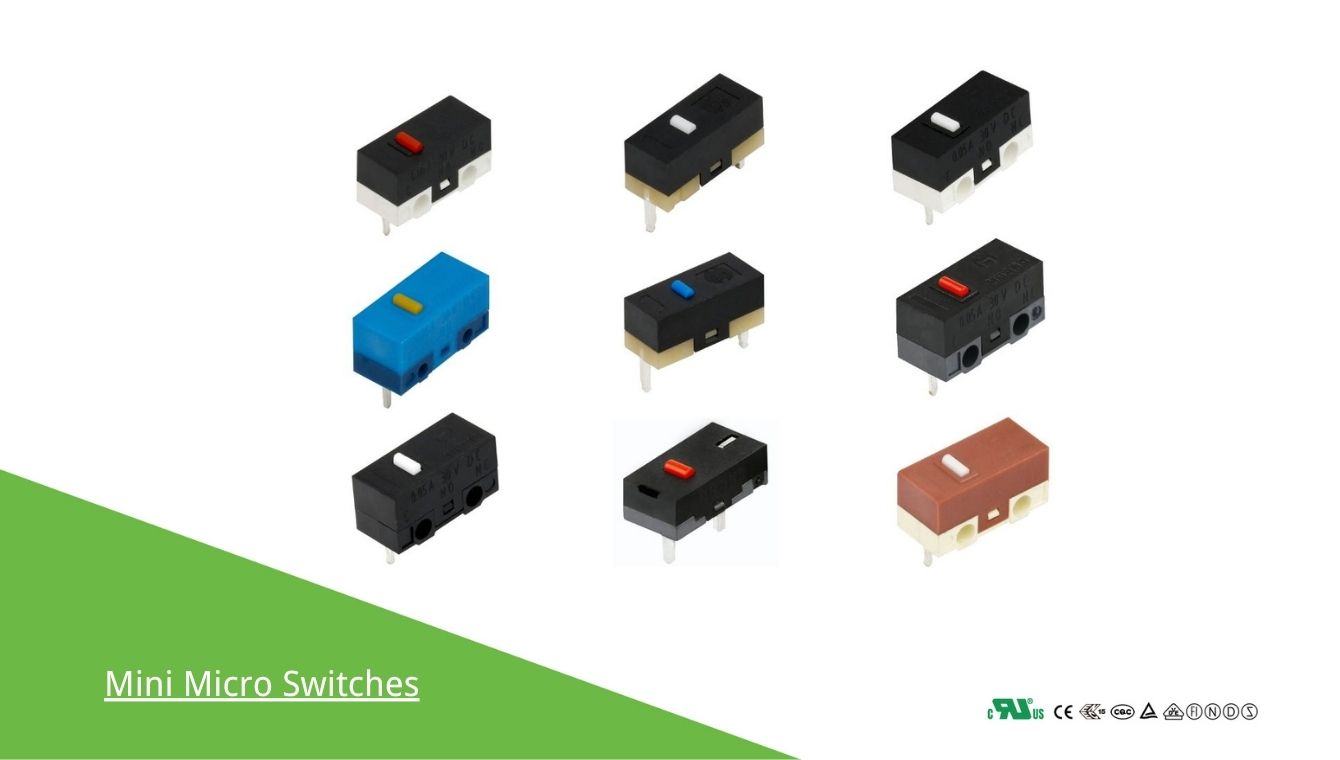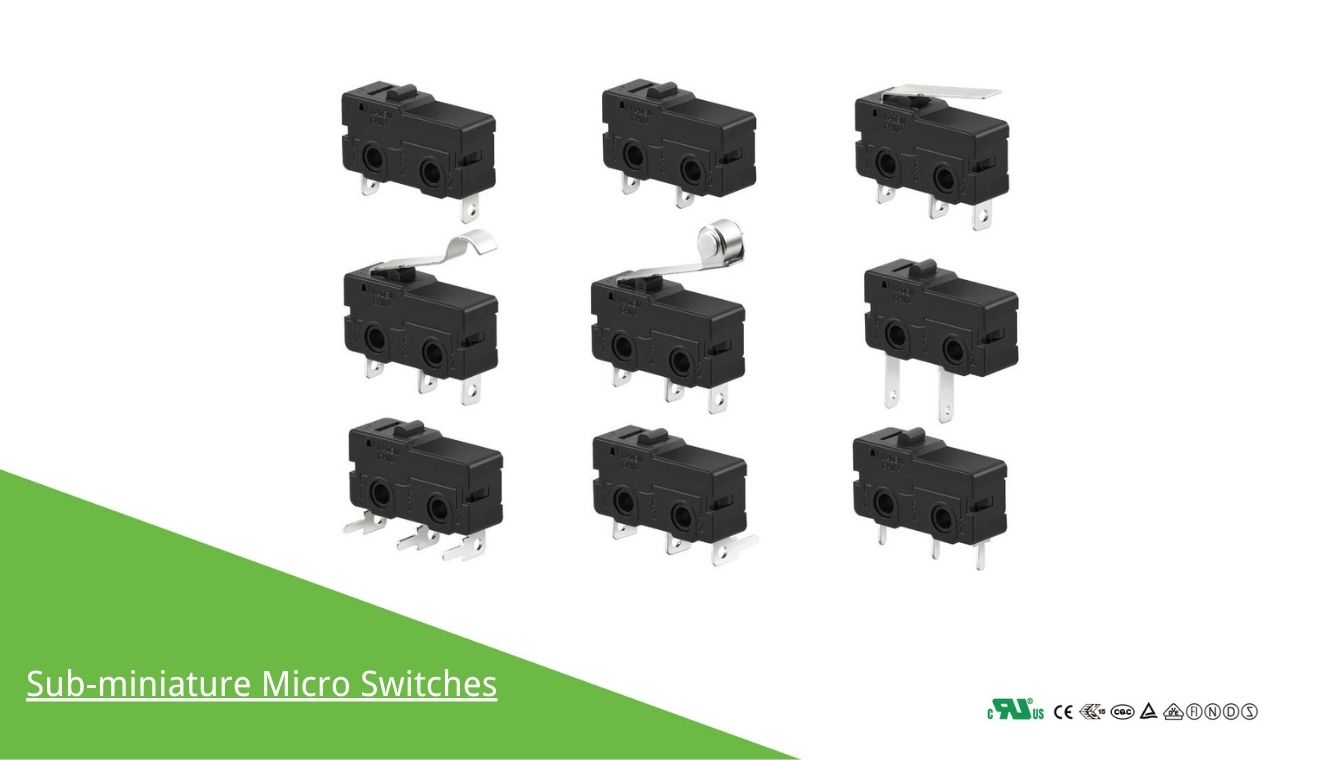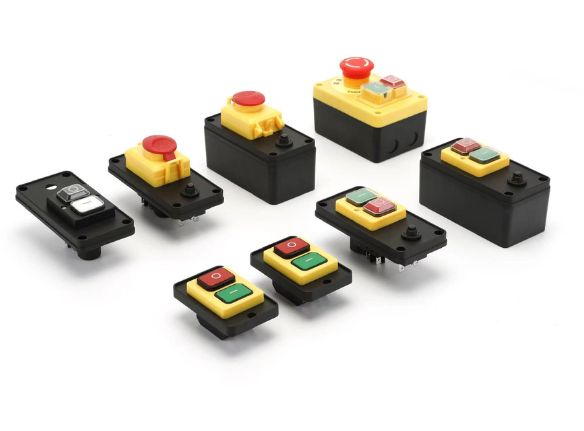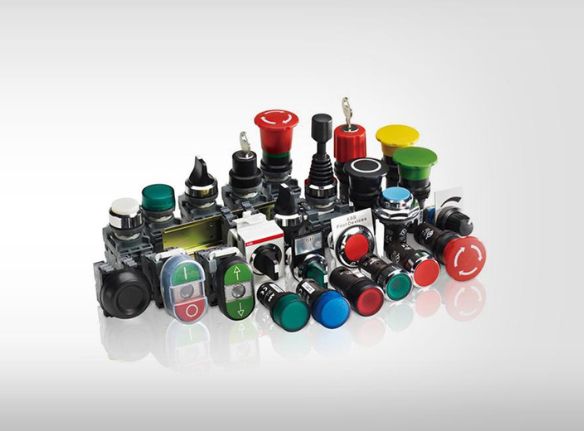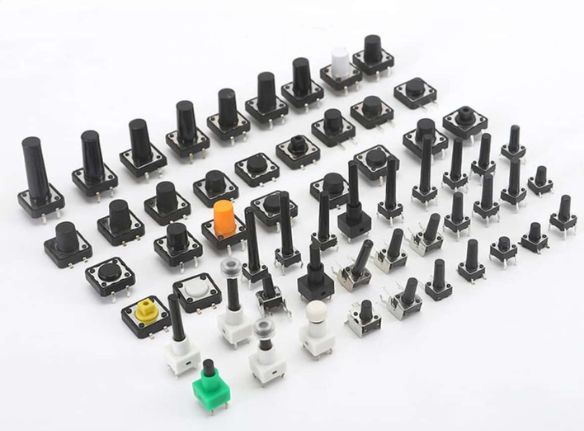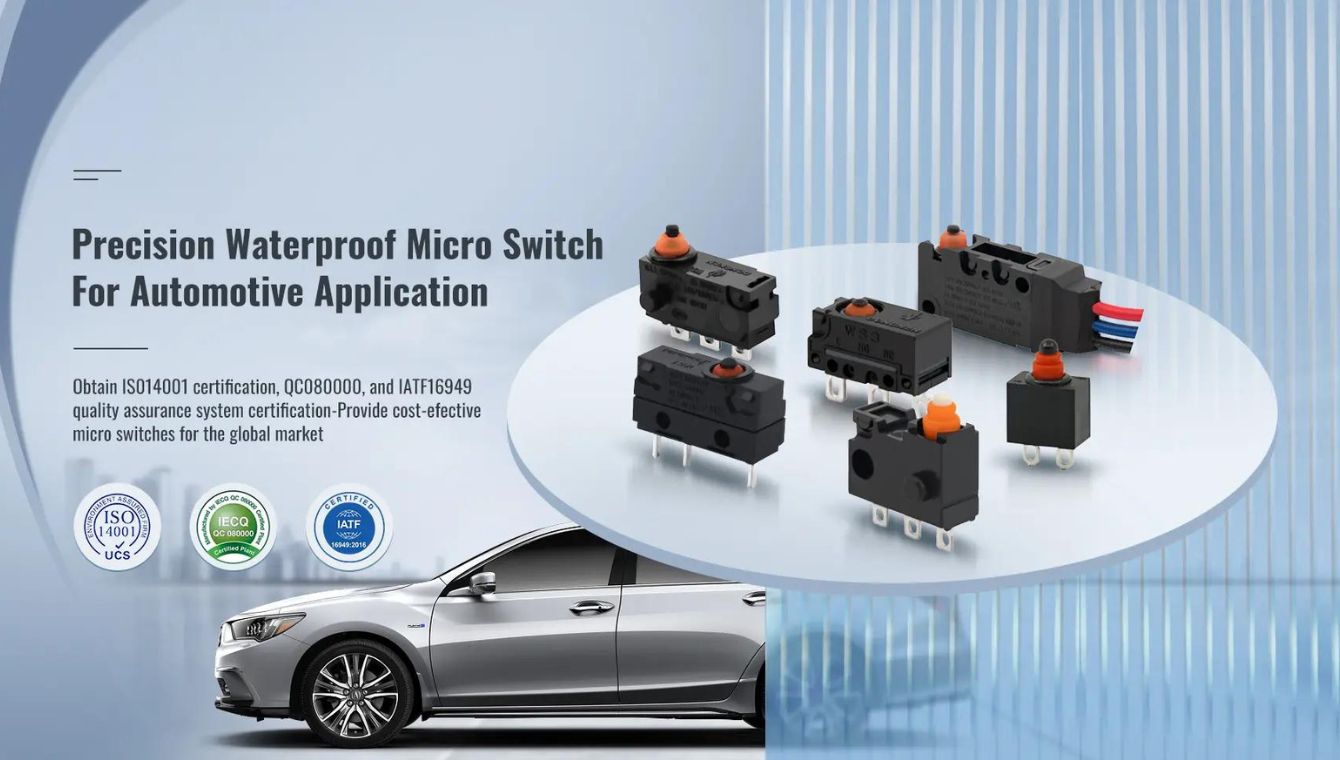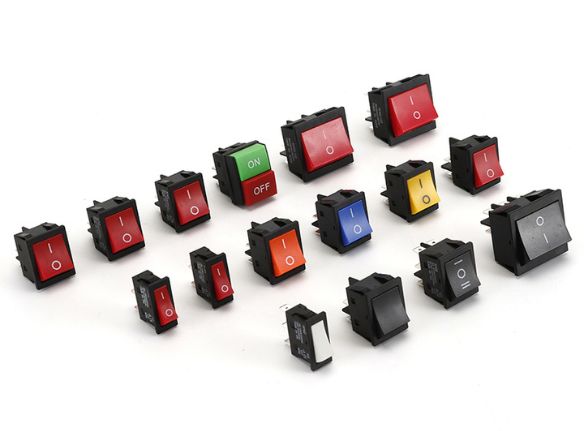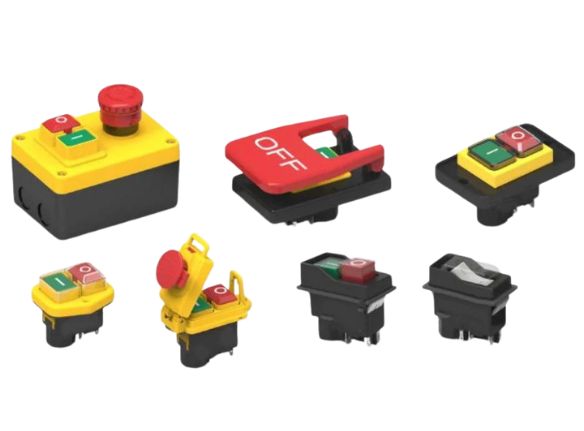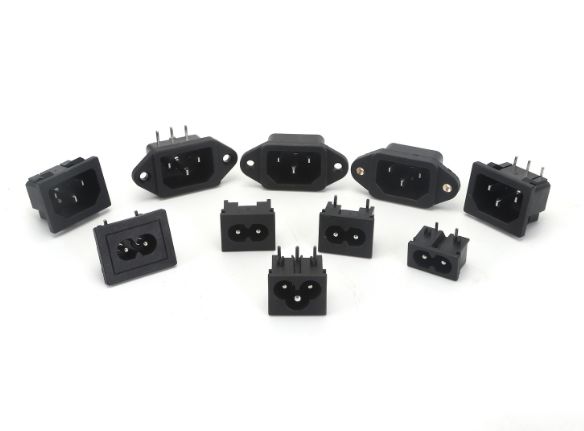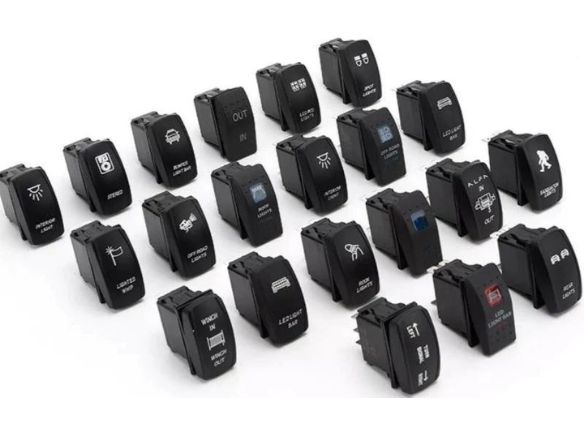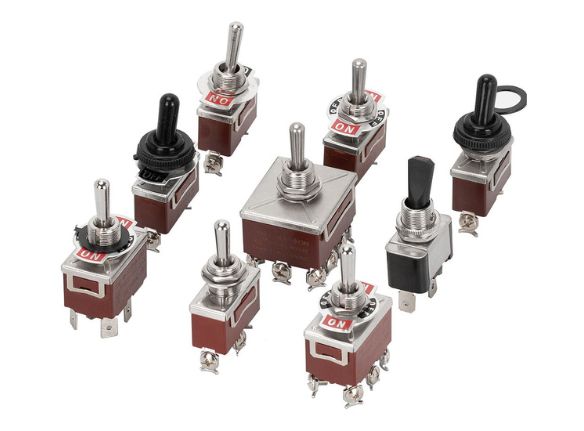ON OFF Rocker Switch
ON OFF Toggle Switch
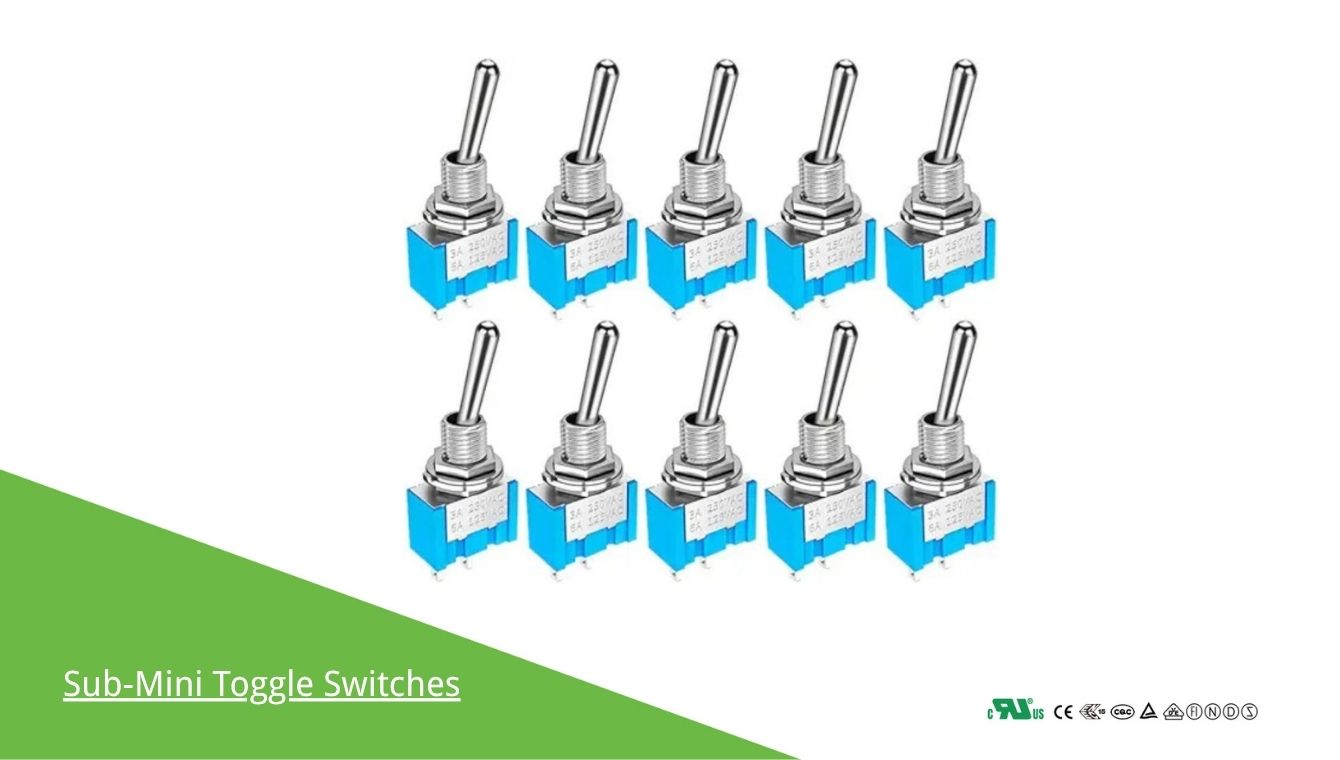
ON OFF Sub-Mini-Toggle-Switches
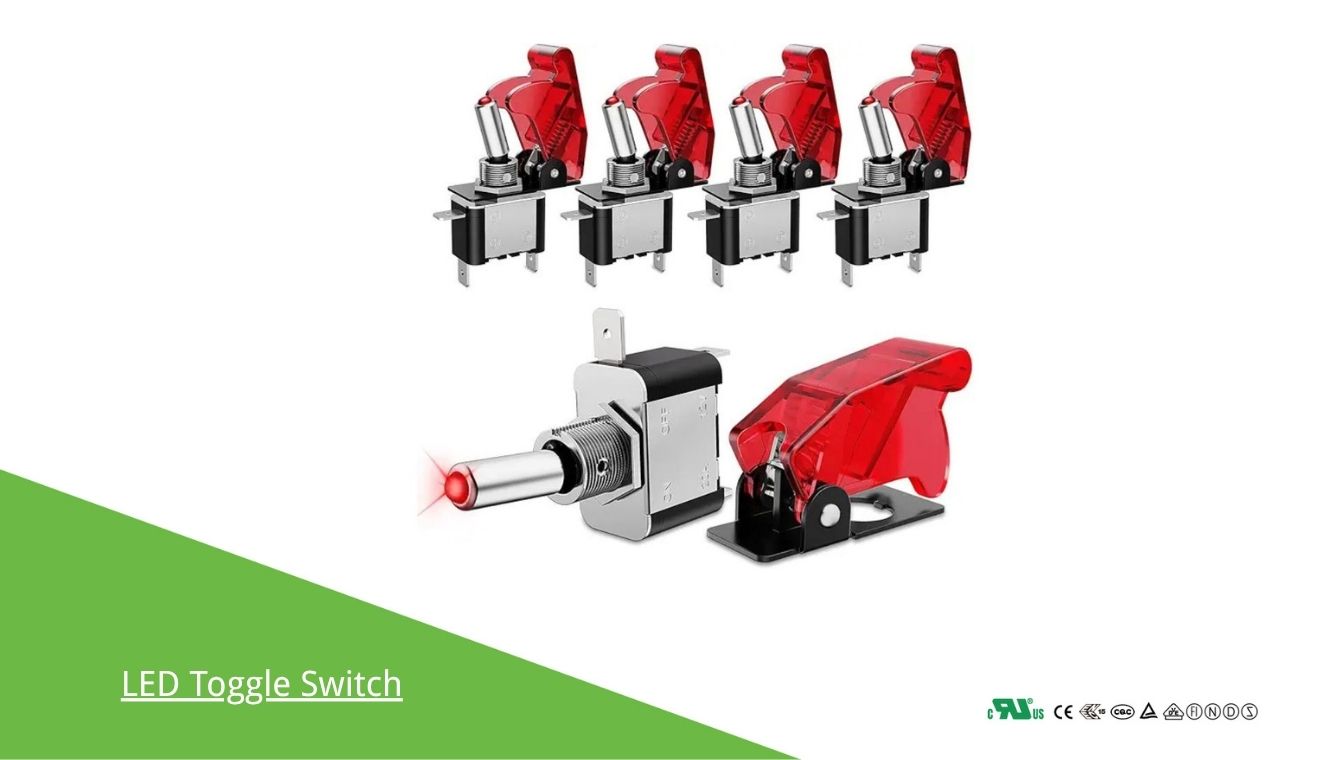
ON OFF LED Toggle Switch
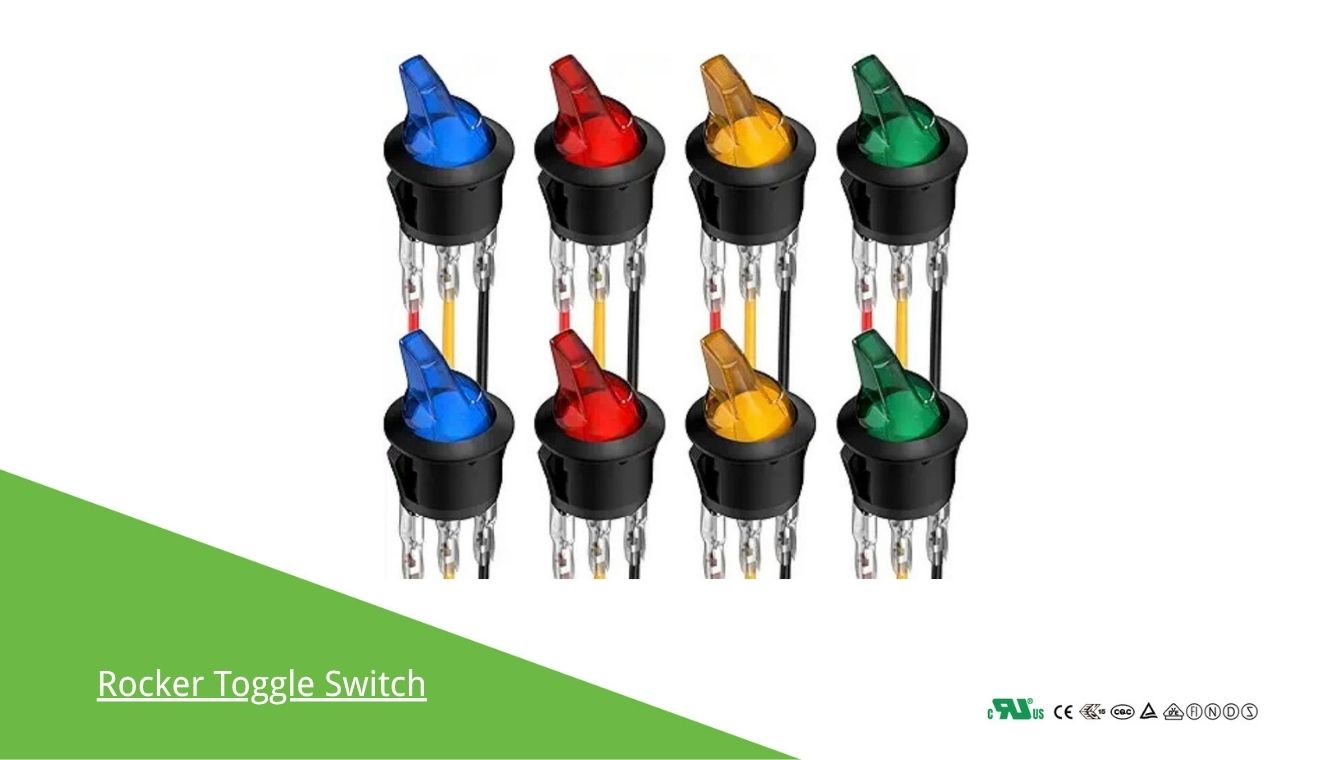
ON OFF Rocker Toggle Switch
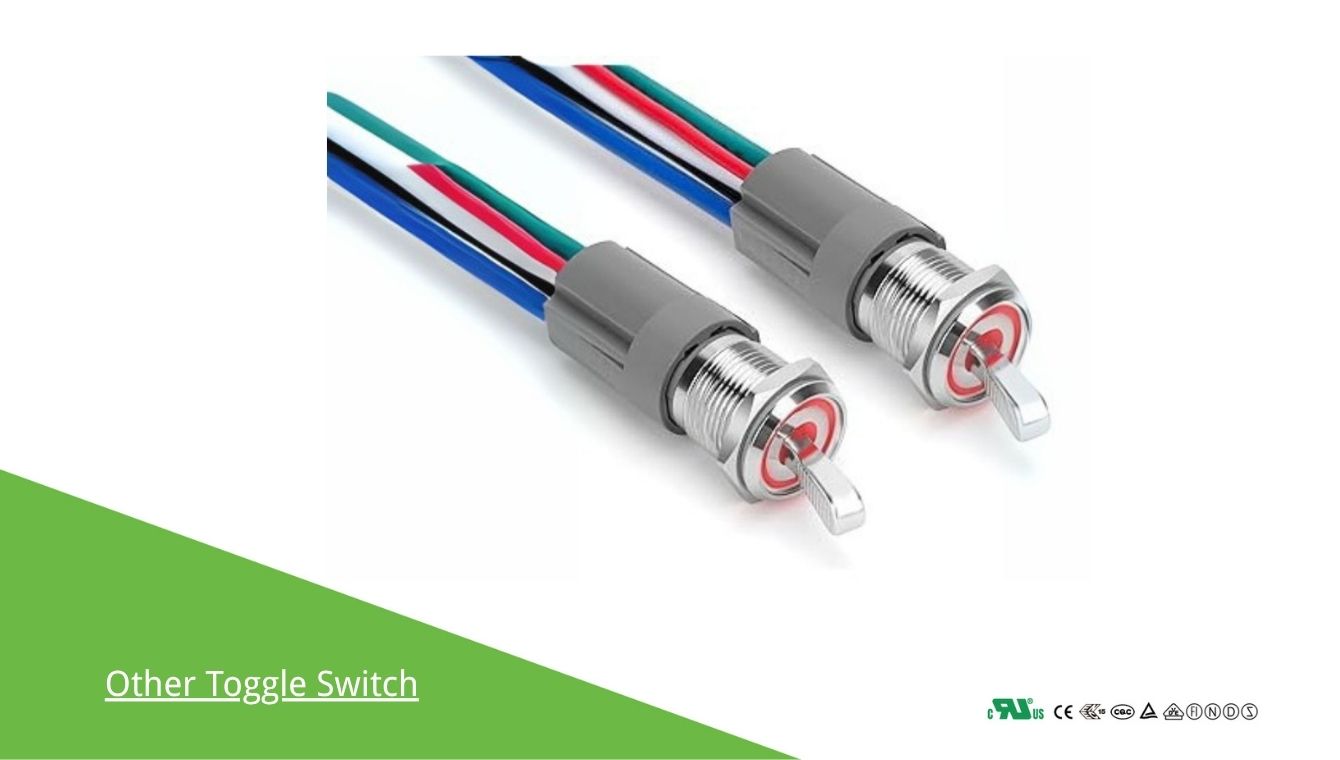
ON OFF Other Toggle Switch
ON OFF Micro Switch
ON-OFF Push Button Switch
With Full Product Certification

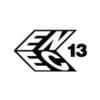


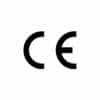



What are ON OFF Switches?
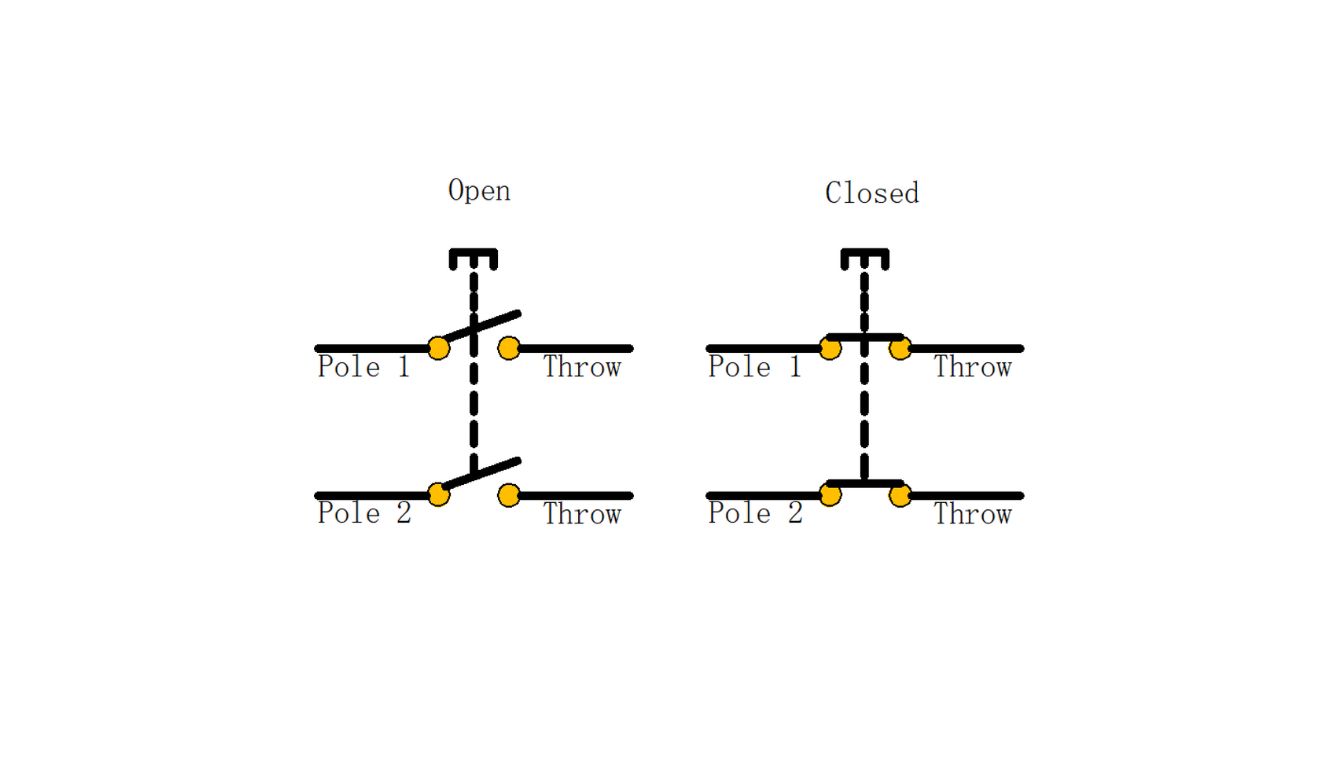
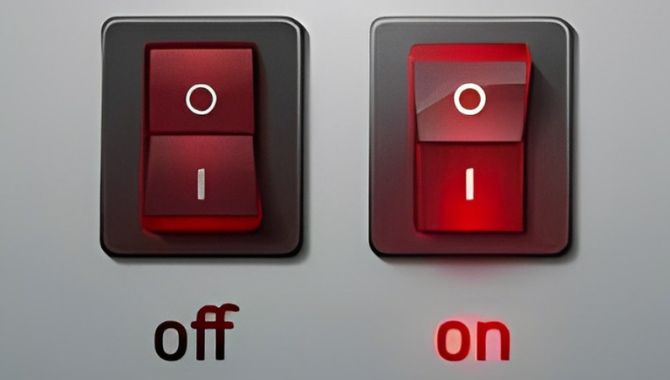
ON/OFF Switch Symbols
The standard symbols for “on” and “off” on a switch are a line (I) for on and a circle (O) for off. These symbols, often seen together as I/O, originate from binary code (1 for on, 0 for off) and are also interpreted as a closed circuit (line) and an open circuit (circle) according to IEC standards.
Working Principle
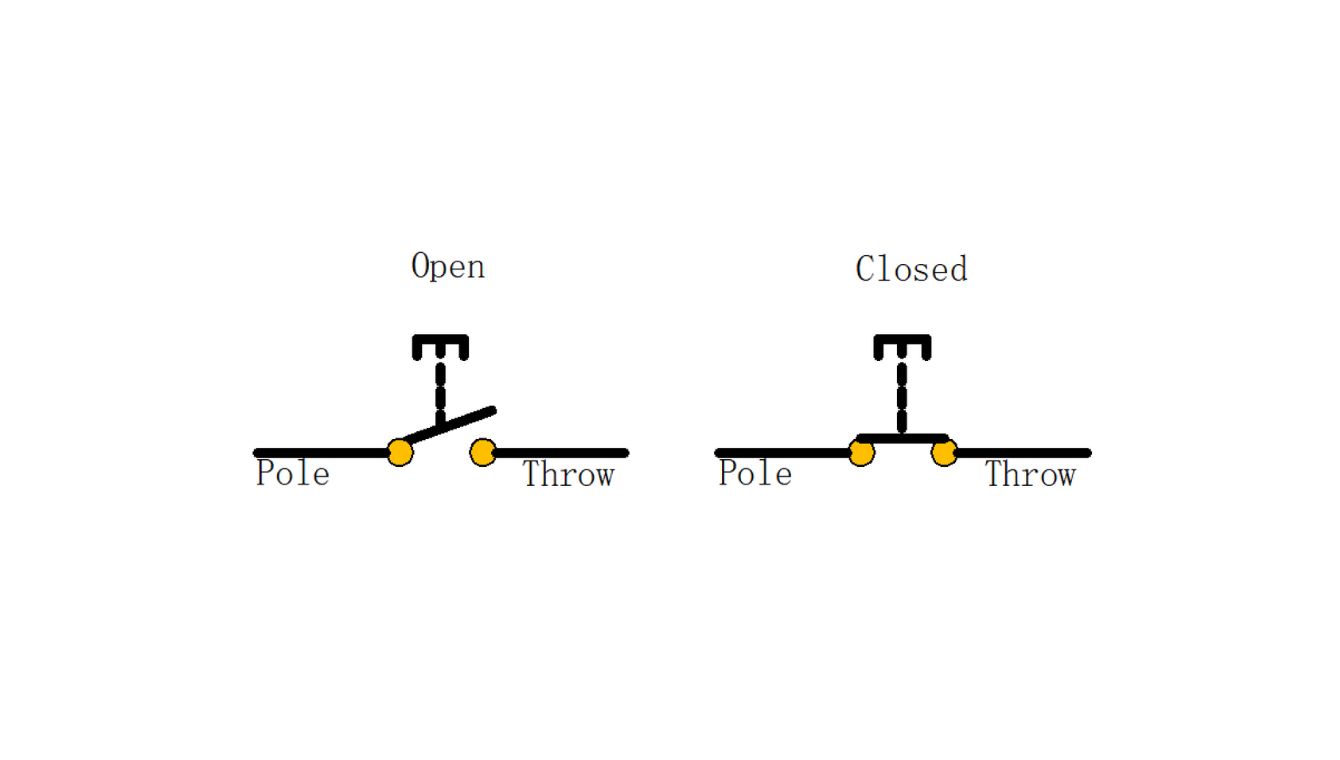
ON OFF switches operate in two primary modes
- Maintained Operation Mode: In this mode, the switch remains in its last position (either ON or OFF) until manually changed. Most toggle switches, rocker switches, and slide switches operate in this manner, staying in position without requiring continuous user interaction.
- Momentary Operation Mode: In this mode, the switch returns to its default position (usually OFF) once the user releases the actuator. Push button switches often use this operation mode, requiring the user to maintain pressure on the button to keep the circuit closed.
How Does a Micro Switch Work?
Micro switches operate through a precision mechanism that enables rapid and reliable switching regardless of the speed of actuation. This unique functionality relies on a carefully engineered spring-loaded system that creates the distinctive “snap” action.

ON OFF Switch Type

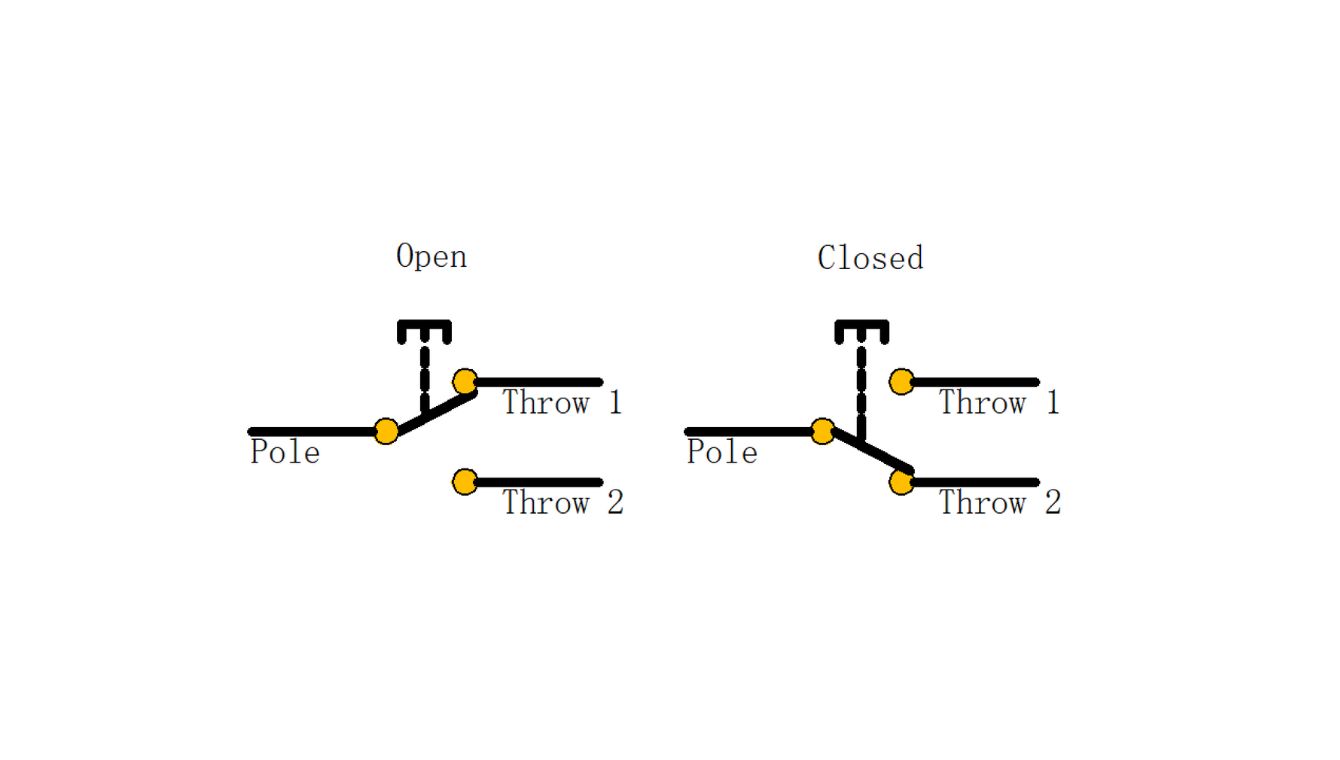

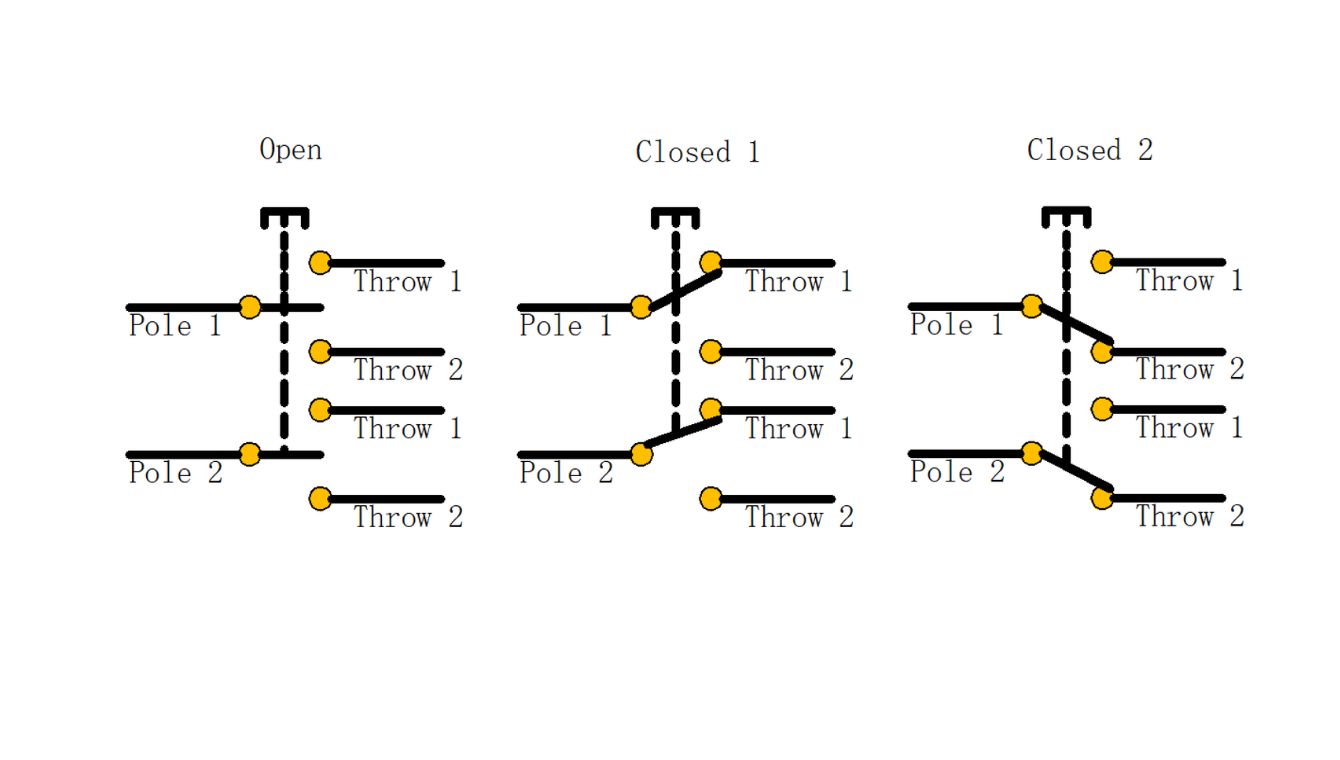
An ON OFF switch is a basic type of electrical switch designed to control the flow of electricity in a circuit by opening (OFF) or closing (ON) it. The most common types of ON OFF switches are:
Single Pole Single Throw (SPST): The simplest ON OFF switch with two terminals, controlling one circuit with one input and one output. It either connects or disconnects the circuit, commonly used for lights or small appliances.
Toggle Switches: A popular mechanical ON OFF switch type where a lever or toggle is flipped to switch between ON and OFF states. These often make a clicking sound when toggled.
Push Button Switches: A momentary ON OFF switch operated by pressing a button which activates or deactivates the circuit, often spring-loaded to return to OFF upon release.
More complex ON OFF switches may include:
Double Pole Single Throw (DPST): Controls two separate circuits simultaneously, switching both ON or OFF together.
Double Pole Double Throw (DPDT): Can switch two inputs between two outputs, sometimes used in reversing motors or more complex control.
Switch types can also be differentiated by their operation mode:
Maintained switches: Stay in their ON or OFF position until actuated again.
Momentary switches: Return to the OFF position automatically when released.
In summary, the ON OFF switch type commonly refers to SPST switches with two terminals and a simple binary action, but can also include toggle, push-button, and more advanced configurations depending on application and number of poles or throws.
